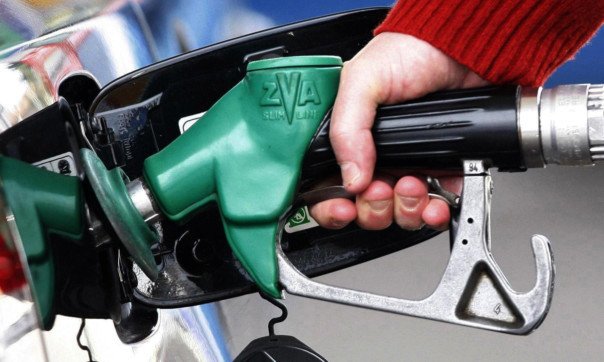Petrol prices have soared 5p a litre in just over a month, the AA has revealed.
The average UK petrol price is now 137.08p a litre compared with 132.01p in the second week of January, it said.
Since early January the price of diesel at the pumps has gone up from around 140p a litre to 143.96p a litre now.
The AA said the latest petrol surge was the third time in less than 12 months prices had gone up by 5p in little over a month, following soaring prices in March and October 2012.
The AA said there was now a chance that motorists would cut back on car usage as they did at times last year.
It said the 5p-a-litre increase added £2.50 to the cost of filling a typical 50-litre tank, or £3.50 to fill up a Ford Mondeo.
A family with two petrol cars was now spending £10.62 a month more on fuel than at the beginning of the year.
AA president Edmund King said: “A weaker pound has probably contributed around 2p a litre to the increase, but the rest is pure refiner and speculator activity, according to market reports.
“Wholesale petrol increased by more than 1p following reports that US petrol supplies had fallen back.”
He went on: “Since the start of the year, stock market players have been falling over themselves to predict oil prices rising to up to 130 dollars a barrel, based on speculation of higher Chinese demand.
“However the International Energy Agency lowered its estimate of global oil demand.
“The previous two petrol price surges ended with wholesale values falling off a cliff as refiners revved up production to maximise earnings and glut the market while drivers cut back.
“We expect the same, but the damage will have been done.”
